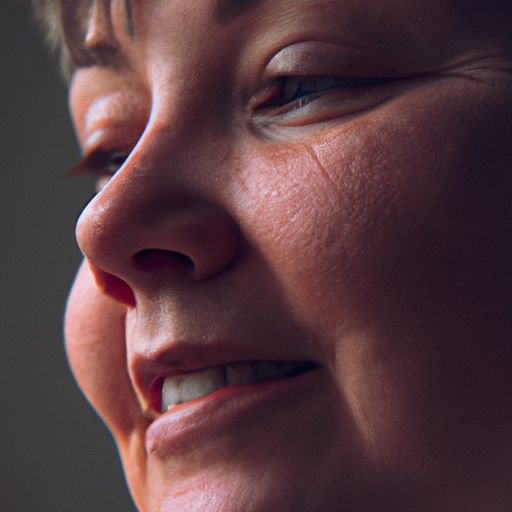As a dermatologist, I have seen firsthand the transformative power of non-invasive cosmetic procedures. One such treatment that has gained significant popularity in recent years is the use of eye fillers. This procedure has been hailed as a magic wand for those seeking to restore their youthful radiance without undergoing invasive surgery.
Eye fillers, also known as dermal fillers or injectable fillers, are substances injected under the skin around the eyes to improve the appearance of fine lines, wrinkles, and hollows. They work by adding volume and plumpness to the treated area, thereby creating a smoother and more youthful appearance.
The magic of eye fillers lies in their ability to instantly rejuvenate the face. As we age, our skin loses its elasticity and volume due to the natural decline in collagen and elastin production. This process is particularly noticeable around the eyes, where the skin is thinner and more delicate. The result is the formation of crow’s feet, under-eye hollows, and dark circles that can make us look tired and older than our actual age. Eye fillers can effectively address these issues by filling in the hollows and smoothing out wrinkles, giving the face a fresher and more youthful look.
There are several types of eye fillers available in the market, each with its unique properties and benefits. Hyaluronic acid fillers are among the most popular due to their safety profile and impressive results. Hyaluronic acid is a naturally occurring substance in our body that helps keep our skin hydrated and plump. When injected as a filler, it attracts water to the treated area, adding volume and reducing the appearance of wrinkles and hollows.
Another type of eye filler is calcium hydroxylapatite, a mineral-like compound found in our bones. This filler is thicker than hyaluronic acid and provides longer-lasting results. It is often used to treat deeper lines and wrinkles.
Poly-L-lactic acid is a biodegradable synthetic substance that stimulates your skin to produce more collagen. This type of filler is used to treat deeper facial wrinkles and can provide results that last up to two years.
Despite the numerous benefits of eye fillers, it’s important to remember that they are not a permanent solution to aging. The results typically last between six months to two years, depending on the type of filler used and individual factors such as your skin type and lifestyle. Regular touch-ups are necessary to maintain the results.
Like any medical procedure, eye fillers come with potential risks and side effects, including swelling, bruising, and infection. However, these risks can be minimized by choosing a qualified and experienced dermatologist to perform the procedure.
In conclusion, eye fillers offer a safe and effective way to restore youthful radiance without the need for invasive surgery. They work by adding volume to the skin, smoothing out wrinkles, and reducing the appearance of hollows around the eyes. With several types of fillers available, you can choose the one that best suits your needs and expectations. Always remember to consult with a qualified dermatologist to ensure you receive the safest and most effective treatment possible.
Unveiling the magic of eye fillers is truly a journey towards rediscovering your youthful radiance, and as a dermatologist, I am here to guide you through every step of this exciting journey.




